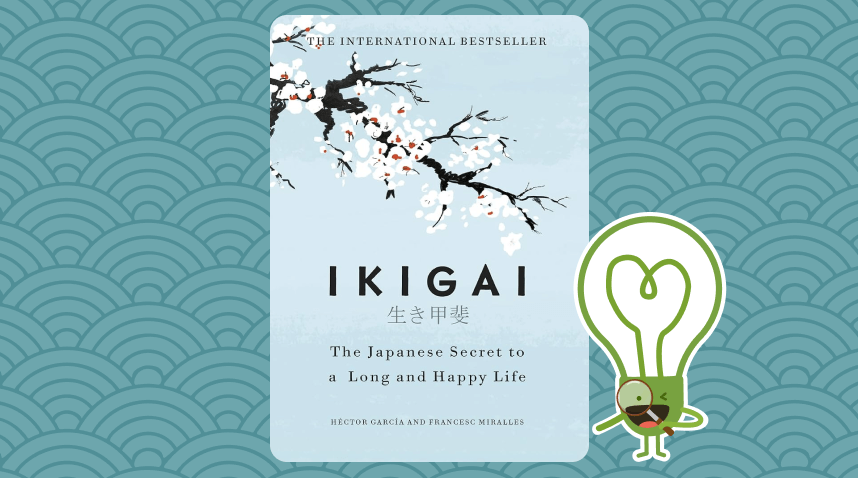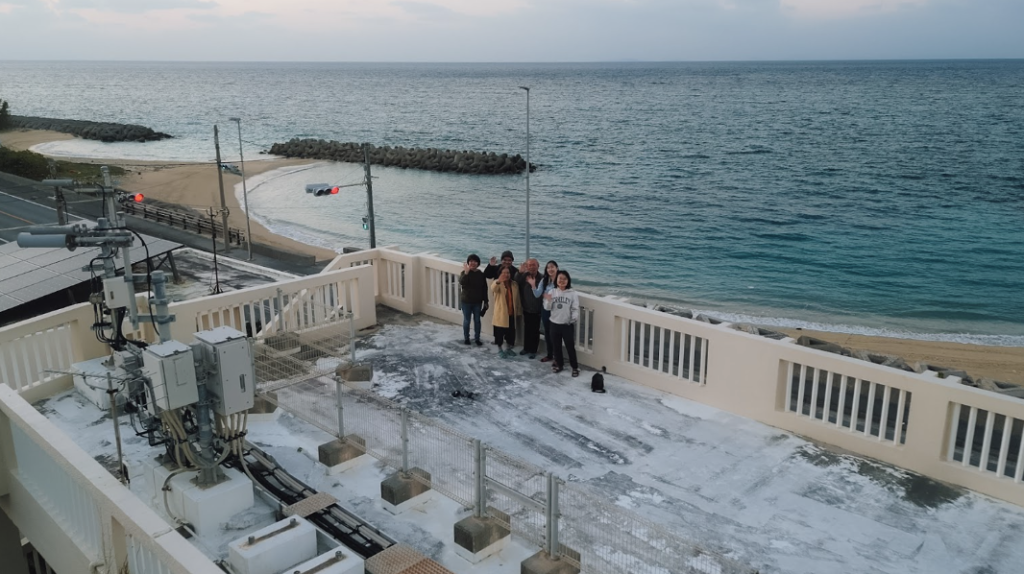TLDR: A journey to uncover longevity secrets unearths profound Buddhist truths. Explore how Okinawan elders exemplify the Middle Way.
When I first set foot on Ogimi, Okinawa’s famed “Island of Longevity”, I was driven by the allure of uncovering the secret to a long life. Inspired by the book “Ikigai” by Hector Garcia and Francesc Mralles, I hoped to learn the recipe for extending my years on this earth.

Little did I know that my journey would lead me to a profound realisation – one that aligns beautifully with core Buddhist teachings.
The Active Elders
One of the first things that struck me was the vibrant energy of the elderly population. I met a 97-year-old grandfather who still worked daily, not out of necessity, but to keep himself active and engaged.
Even after a minor injury on his head, he was quick to apply first aid and get on with his day. During local ceremonies and special occasions, I witnessed elders participating in traditional dances with a vigour that belied their age.
The elders of Ogimi embody the idea of maintaining a balanced, consistent effort in life—neither overexerting nor becoming idle.
This idea of balance is very closely related to the Buddhist idea of ‘Holding but not grasping’. To hold certain activities of your routines but not be overly attached to them or overworking on them
Similarly, the approach of Okinawan elders to daily activities reflects promoting both physical and mental well-being by avoiding overindulgence in rest or extreme work.
Moai: The Power of Community
In Ogimi, I witnessed a strong sense of community, with neighbours intimately knowing and supporting each other. I learned about “Moai,” a traditional Okinawan social support system.
Originally formed for financial assistance, Moai have evolved into social groups fostering belonging and mutual support.
While I didn’t see a Moai group firsthand, hearing about these enduring social connections highlighted their significance in the well-being and longevity of Ogimi’s residents.
This reminded me of my spiritual community back home in Singapore. It is in such communities that we grow and support one another.
One of the prominent Buddhist practitioners Chade-Meng Tan (who is also the spiritual advisor for HOL) also emphasises the value of spiritual friendship, stating, “That is why good friends are the whole of the holy life. Of course, part of the practice is to be a good friend to others. Happily, good friendship is something you can receive and give at the same time.”
His insights, illustrated in this comic below, underscore the importance of being both a good friend and receiving good friendship and having a community is imperative in cultivating a fulfilling life.
A Positive Outlook on Life

Perhaps the most impactful aspect of life in Ogimi was the residents’ positive outlook. They found joy and meaning in simple pleasures – tending to farms, practising traditional arts, or sharing wisdom with younger generations.
This attitude reflects the Buddhist concept of contentment (santuṭṭhi) and the practice of finding joy in the present moment.
Ajahn Brahm, a renowned Buddhist monk, often speaks about the importance of contentment and mindfulness in everyday life. He emphasises finding happiness within and appreciating the present moment, which resonates with the lifestyle in Ogimi.
In his talks and writings, Ajahn Brahm highlights the practice of “letting go” and the importance of kindness and compassion towards oneself and others. In my personal practice, letting go of unhappy past events or hurtful remarks and focusing on the present moment helps me concentrate on what I can control now and also be grateful for what I already have.
This makes me feel less flustered and more calm and contented with what I have. This approach reduces stress and fosters inner peace and joy, much like the Ogimi residents’ approach to life.
The residents’ ability to find joy in everyday activities mirrors Ajahn Brahm’s teachings on mindfulness and contentment. By appreciating the present moment and practising kindness and compassion, one can lead a more meaningful life
The Dhamma of Longevity
As my time in Ogimi drew to a close, I realised that my quest for the secret to longevity had led me to a deeper truth. The residents of Ogimi weren’t focused on extending their lives; they were living each day fully and joyfully. Their secret wasn’t about reaching a certain age but about embracing life with contentment, purpose, and community.
In parallel, the goal of Buddhist practice isn’t to extend life indefinitely but to live with awareness, compassion, and wisdom. The Four Noble Truths remind us that attachment – even to the idea of a long life – can lead to suffering.
Instead, the path to true happiness lies in understanding the nature of existence and cultivating a mind free from greed, hatred, and delusion.
Conclusion

My journey to Ogimi taught me that the pursuit of longevity when approached mindfully, can lead us to the very essence of what makes life worth living.
It’s not about the number of years we accumulate, but about how we live each day – with purpose, in harmony with others, and with a grateful heart.
The elders of Ogimi, in their simple yet profound way of life, embody many of the qualities that the Buddha encouraged his followers to cultivate. They remind us that a truly “long” life is one that is rich in meaning, connection, and contentment – qualities that are available to us all, regardless of our age or circumstances.
As we reflect on the lessons from Ogimi, we’re invited to consider: How can we infuse our own lives with more purpose, community, and joy? How can we cultivate contentment with what we have, while maintaining a zest for life? These are the questions that can guide us towards not just a long life, but a truly fulfilling one – a path that aligns perfectly with the timeless wisdom of the Dhamma.
Wise Steps:
- Start a ‘Kopi Club: Create your own version of Okinawa’s Moai. Have regular meetups fostering deep community connections or join a Dhamma practice group such as DAYWA.
- Redefine your ‘bucket list’: Focus on meaningful experiences, not just longevity.
- Find the right balance: Put in appropriate levels of effort in various life endeavours such as career, keeping fit, and managing finances. It should be a consistent effort—not too much and not too slack.


